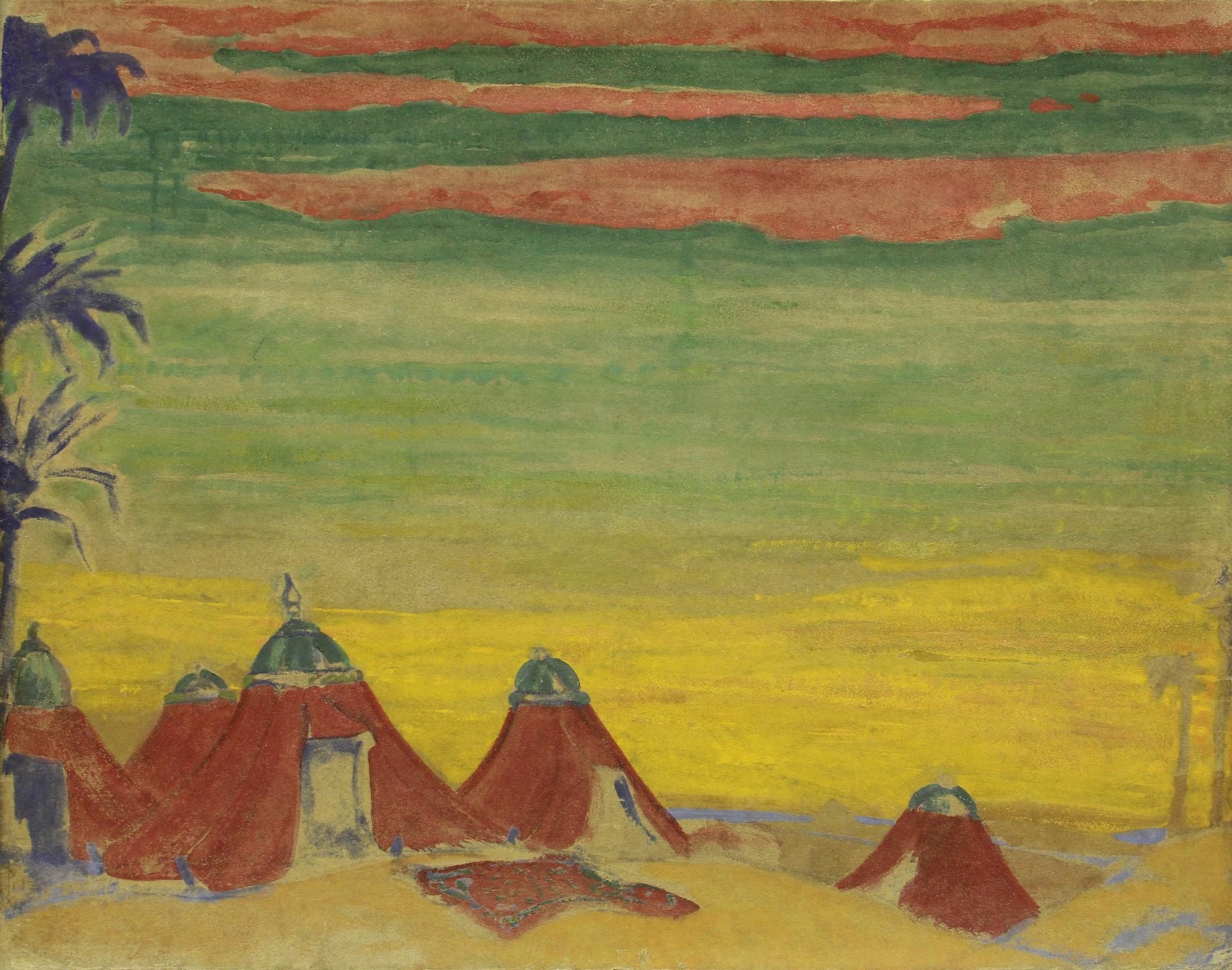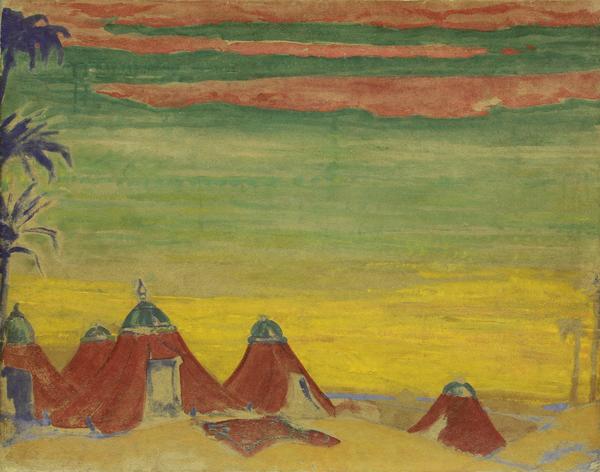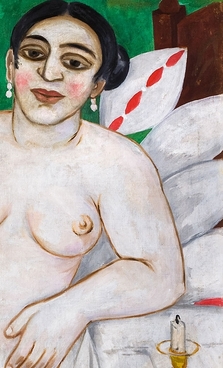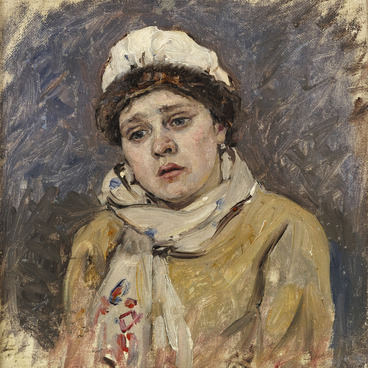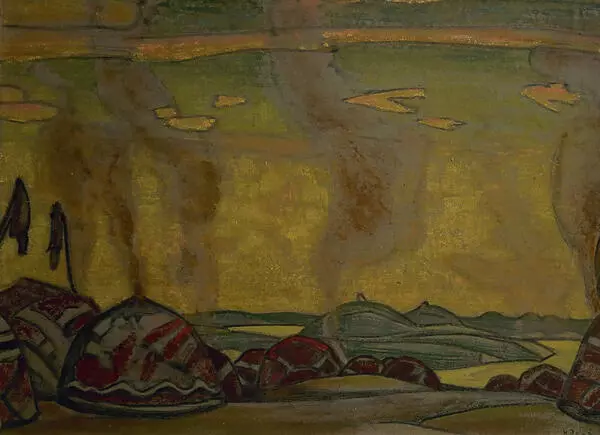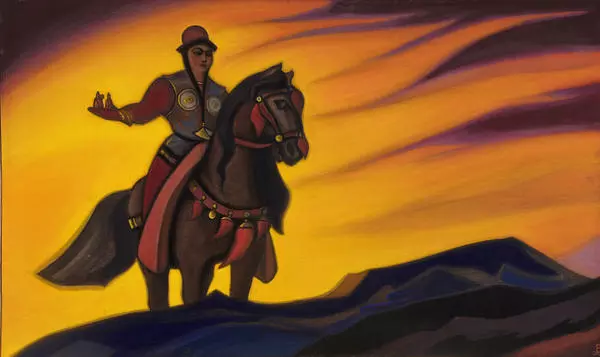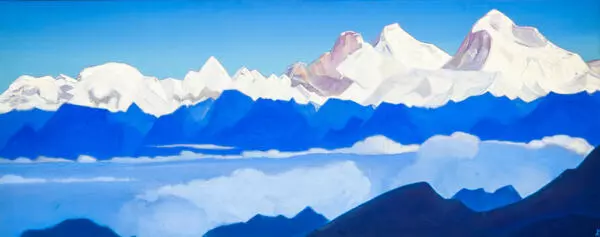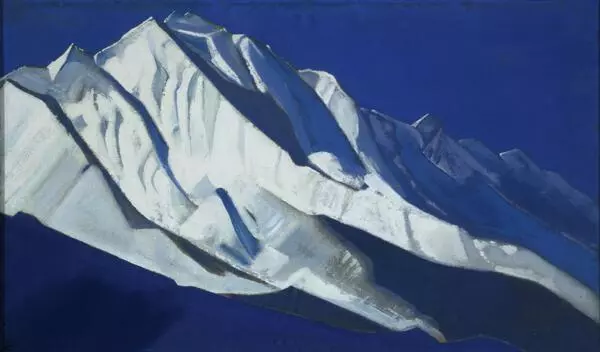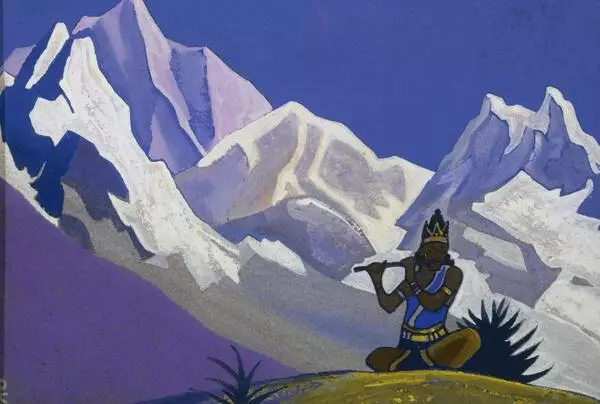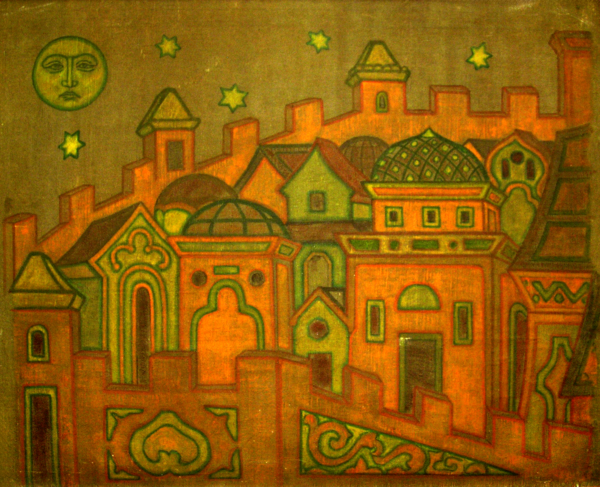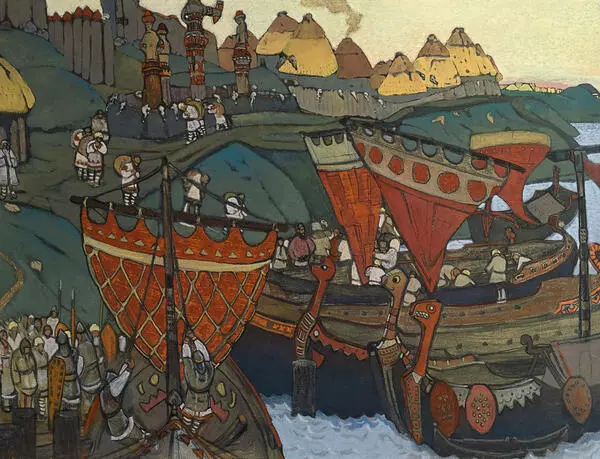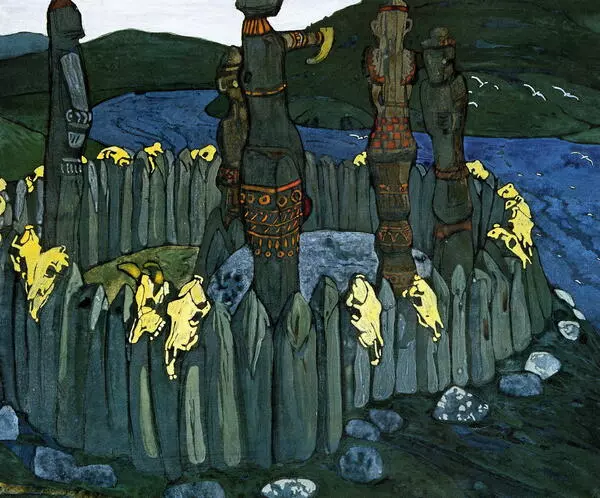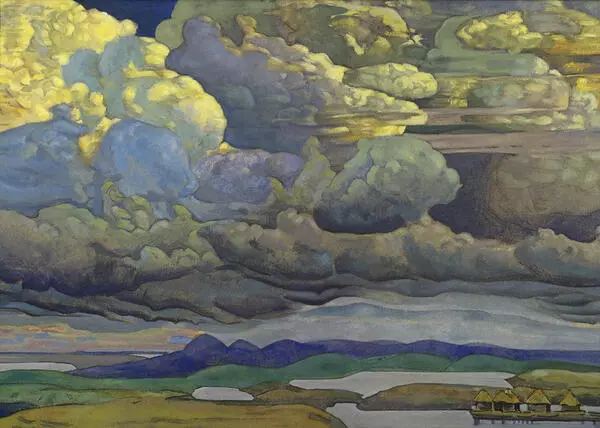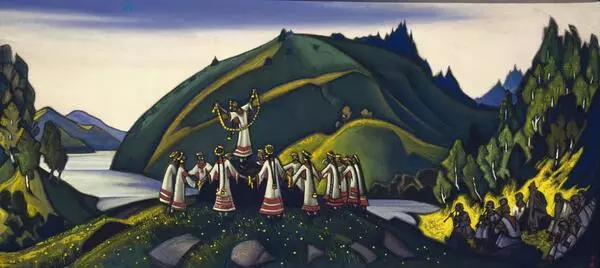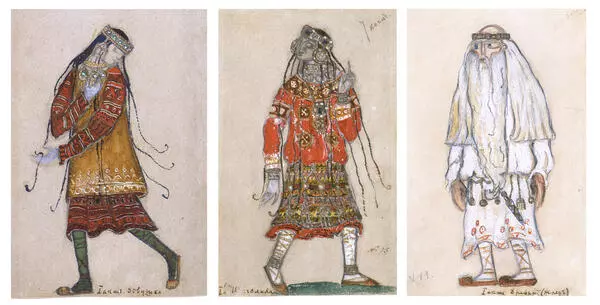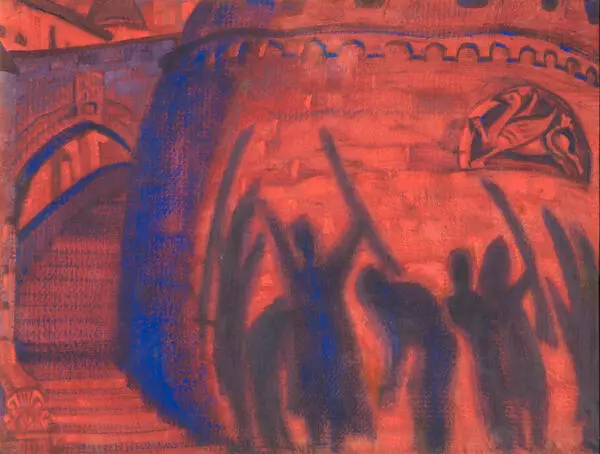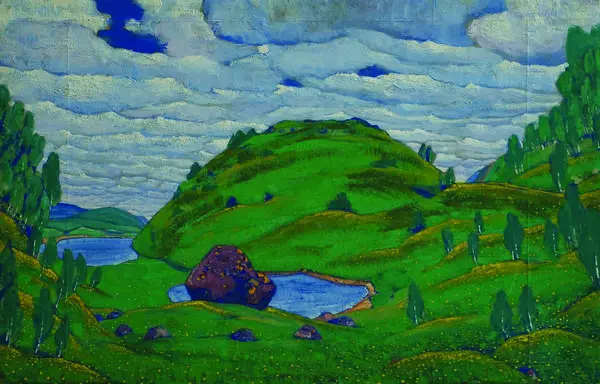Nikolai Konstantinovich Roerich (1874-1947) was a Russian artist, mystic philosopher, writer and traveler. During his life, he created about 7000 paintings, many of which are in famous galleries of the world, and about 30 volumes of literary works, including two poetic ones. Roerich conducted active community work, was associated with political and economic projects. He is the author of the idea and the initiator of the Roerich Pact, the first international treaty on the protection of cultural heritage in history. Nikolai Konstantinovich Roerich (1874-1947) was a Russian artist, mystic philosopher, writer and traveler. During his life, he created about 7000 paintings, many of which are in famous galleries of the world, and about 30 volumes of literary works, including two poetic ones. Roerich conducted active community work, was associated with political and economic projects. He is the author of the idea and the initiator of the Roerich Pact, the first international treaty on the protection of cultural heritage in history.
Roerich enthusiastically practiced archeology, collecting, participated in the design and painting of temples, headed the art association ‘World of Art’, successfully worked as a stage designer (‘Russian Seasons’ in Paris) and participated in projects to protect and revive Russian antiquity.
Since 1917, the artist lived in exile. He founded the Himalayan Research Institute ‘Uruswati’ and more than a dozen cultural and educational institutions in various countries.
In 1911, the artist was invited to the Moscow Art Theater to work on the scenery for G. Ibsen’s drama “Peer Gynt”. The dramatic poem of Ibsen the philosopher, combining the political pamphlet and the most delicate lyrics, prosaic reality and poetic legend, was extremely difficult for the stage embodiment. To combine this versatility, the director turned to Grieg’s music and Roerich’s “musical” colorfulness. Roerich created numerous sketches of scenery and costumes for this performance.
A sketch of the scenery “Egypt” from the collection of the Yekaterinburg Museum has never been shown before. The scenery was written for the episode when the main character of the play remains alone in the desert and wanders among the hanging hammocks of his escaped companions. The image of the desert in this case acts as a symbol of the borderline state where Peer Gynt is, feeling empty and lonely, the “scorched space” of his soul, disharmony with the world around him.
Contemporaries recognized the design of “Peer Gynt” as an unconditional victory of the artist. Roerich, who elaborately studied antiquity, in his theatrical works managed to embody the idea of the synthesis of arts, so relevant at the turn of the 19th — 20th centuries.
